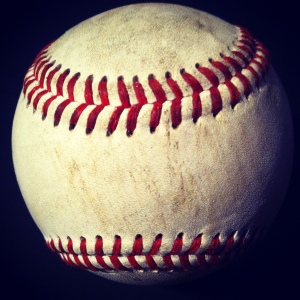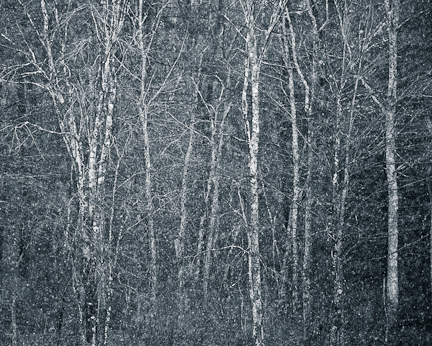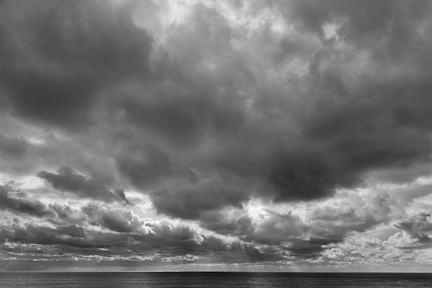
It’s been a big few days for sport here in Boston. Friday was the first home game for the Red Sox and today is the Boston Marathon.
Fitting then that I had a conversation at the end of last week about the sport of photo competitions. If we ignore all the flat out bad things about photo competitions – that they are money earners for the organizations that are running them (not strictly bad) and attempt to get royalty free images – are they useful?
You could argue that competitions give you an opportunity to judge your work against that of others and also that this is also an effective way to market your work and build an audience. I would say no on all points. Art is subjective, ask three people and you’ll get three different answers. Competitions can be an effective way to get your work out to a broad audience, that is, if you win. Otherwise there’s probably not a lot of value in it.
It’s always nice to win, for some this is more important than it is for others,
Competitions bring out the worst in me. In a competitive situation I want to win and will do whatever it takes to win. I don’t think that this is terribly useful when it comes to fine art photography where the goal, or at least my goal, is to effectively capture my emotional response to the scene in front of me or to make the image that’s in my head. As soon as I start thinking about what it takes to make a successful image before I’ve made it then I’m not going to be true to myself.
I don’t view fine art photography as a competitive sport. For me it’s much better to use your own work to benchmark against, a little like the runner who is interested in personal best time, but to do that after the fact. After you’ve made the image and worked it up. Then see how it fits with the rest of what you’ve done and whether this meets the standard you’ve set for yourself.
Competitions aren’t an end game for me. I may enter the occasional competition but it will be will photographs that I made for myself not with the competition in mind. What’s your position on competitions?
Competitions bring out the worst in me. In a competitive situation I want to win and will do whatever it takes to win. I don’t think that this is terribly useful when it comes to fine art photography where the goal, or at least my goal, is to effectively capture my emotional response to the scene in front of me or to make the image that’s in my head. As soon as I start thinking about what it takes to make a successful image before I’ve made it then I’m not going to be true to myself.




